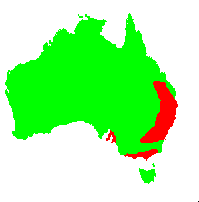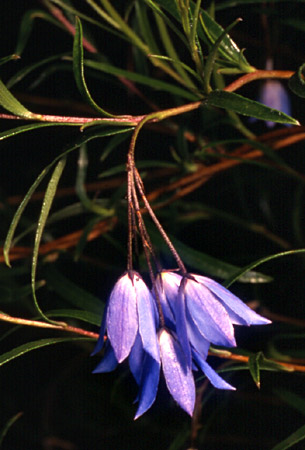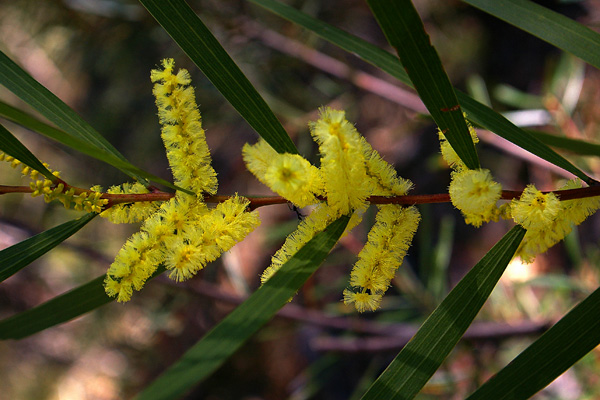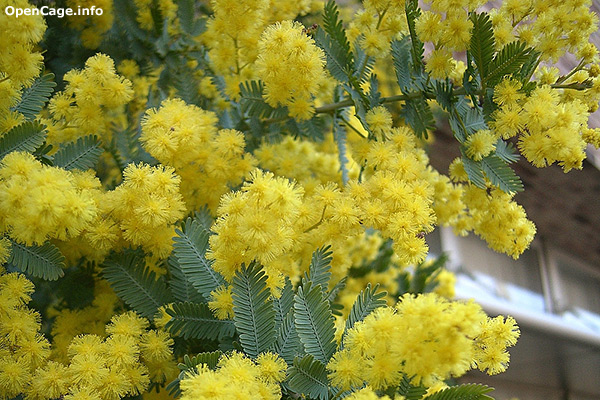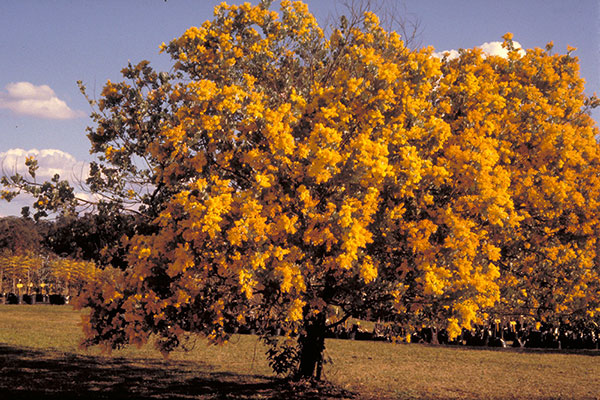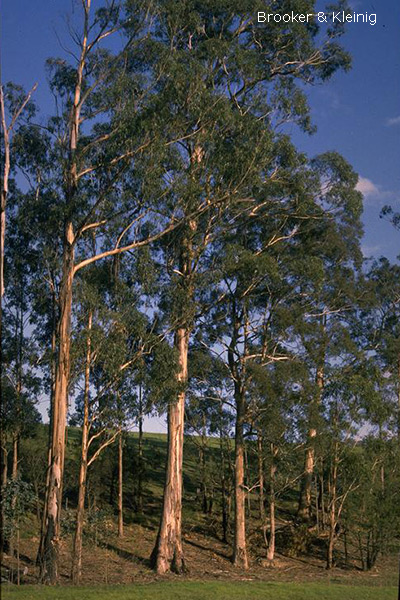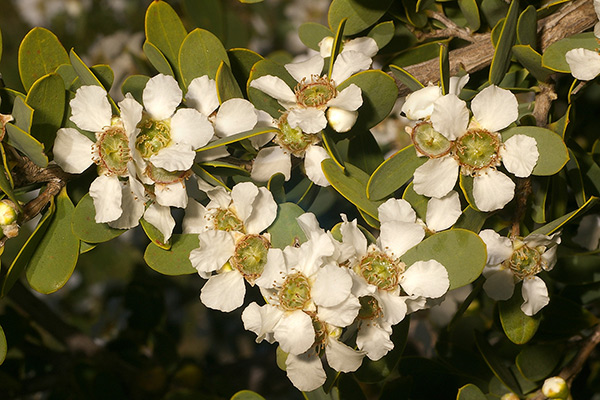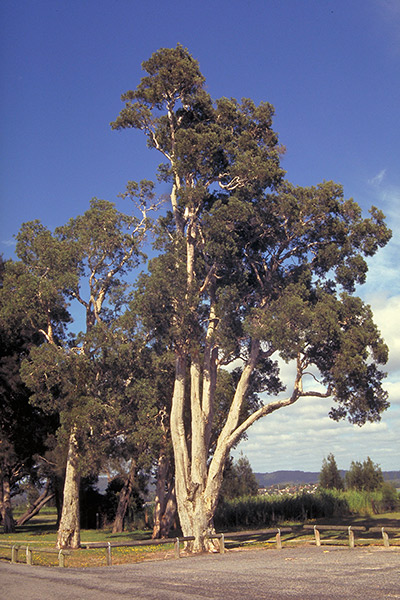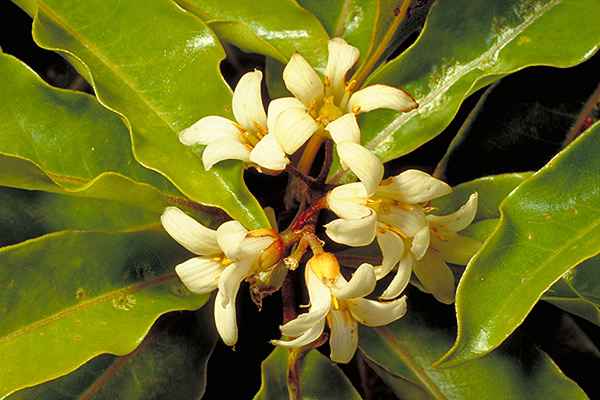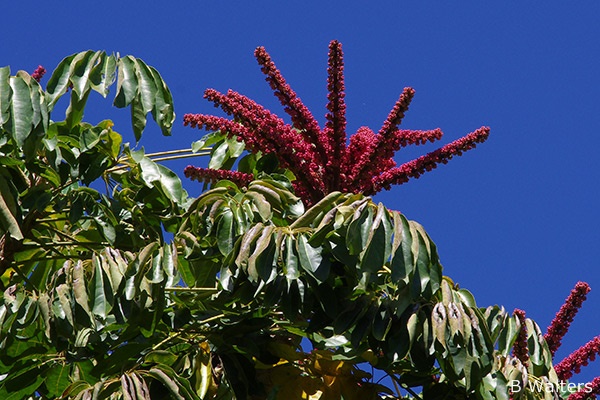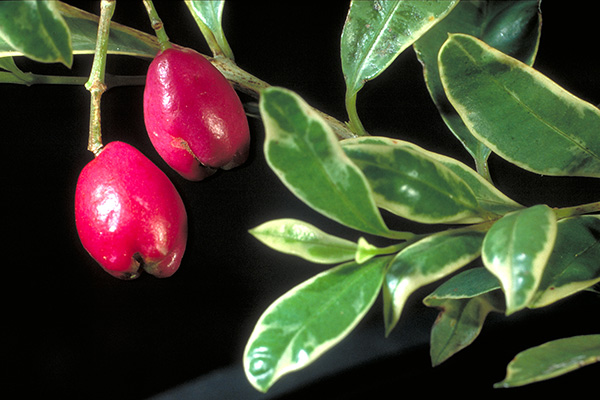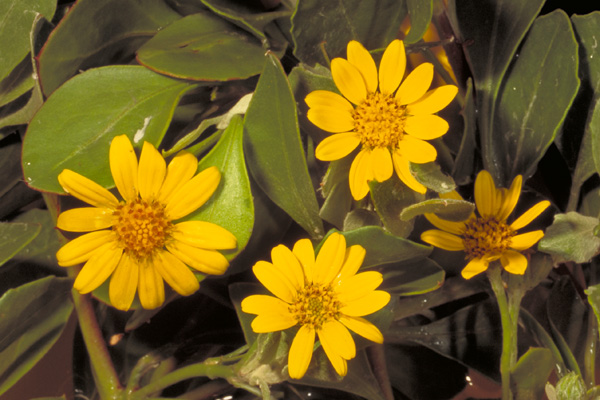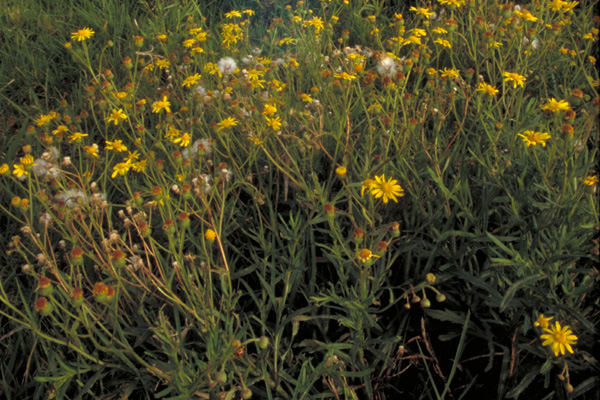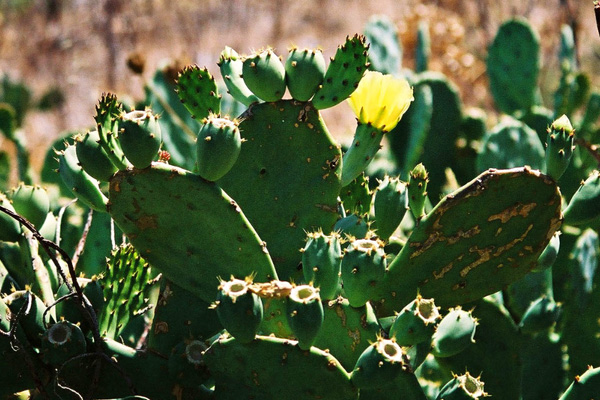General Description:
Pavonia is a genus of around 200 species which are widely distributed worldwide. It is closely related to the commonly cultivated Hibiscus but differs from Hibiscus in having a 10-lobed style (5-lobed in Hibiscus). P.hastata is one of two species of the genus found in Australia (the other being P.calycina from northern Western Australia). P.hastata occurs in woodland and open forest in both damp and dry situations.
This species was apparently collected from near the Nepean River west of Sydney within 15 years of European settlement but there has been some debate as to whether it may be an introduced species to Australia. The universal view now seems to be that the plant is, in fact, introduced. Despite this, this profile is retained on these pages because of the confusion about its status*.
The species usually forms a spreading shrub to about 1 metre in height. Leaves are slightly or deeply lobed and about 150 mm long.
Flowers are typical Hibiscus-like in shape and about 50 mm in diameter. Colour is pink with a deep red throat. The flowering period extends from summer through to autumn and some of the flowers may be cleistogamous (produce seed without opening). The individual flowers last only 1-2 days but new flowers continue to open over a long period. The seeds develop in a dry fruit which splits when mature into 5 fruitlets (schizocarp).
P.hastata is commonly cultivated and is a hardy plant under a range of climates and soil types. It is quick growing but may become “leggy” with age. It responds to annual pruning to maintain a bushy shape.
Propagation from seed is relatively easy and no special pretreatment is needed. Cuttings also strike readily. However, given the extent of its spread in the wild, it is recommended that the plant not be cultivated.
* For further information about the status of Pavonia hastata in Australia, see this review from Macquarie University (PDF).
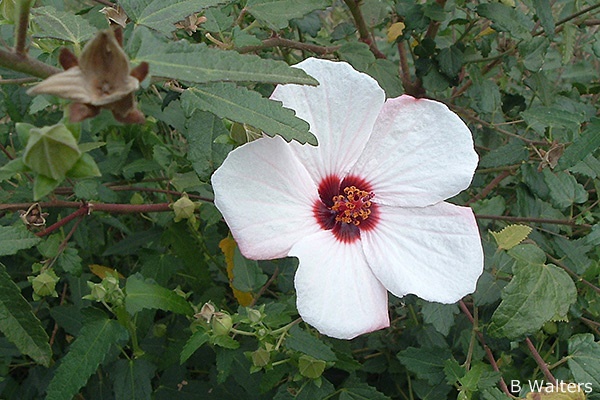
Pavonia hastata
Photo: Brian Walters
 Australian Native Plants Society (Australia)
Australian Native Plants Society (Australia)